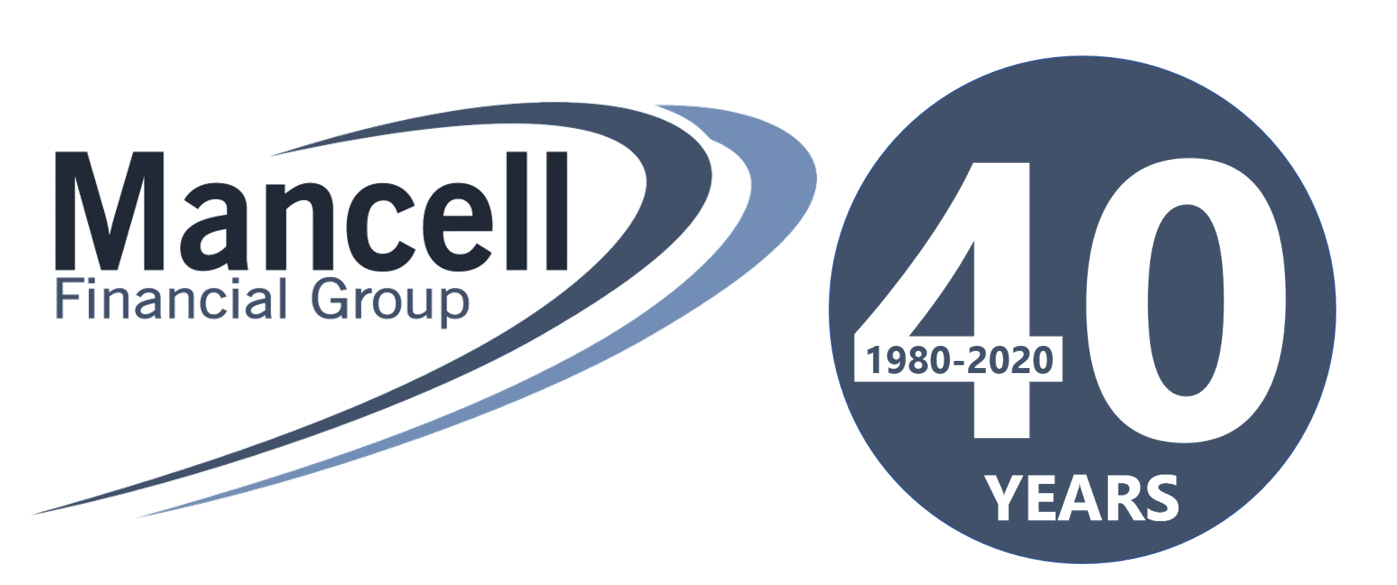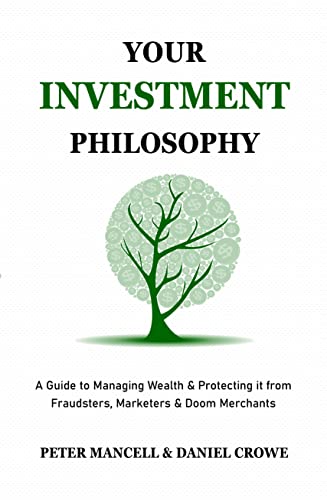One of the big allures of investing is finding a company at a low price, buying it, and then riding it to a high price. Very sweet. It’s said that losses are felt more acutely than wins, but hitting a big winner would be an amazing feeling.
Unfortunately, it’s very hard to do. Being right once, discovering that unpolished gem of a company before it soars is hard. Being right twice, having the unemotional demeanor to sell it and make a clean break with your loot, is even harder. It doesn’t stop people from trying because for every dud an investor might have that didn’t work out, it’s often rationalised it only takes one unicorn to make up for the duds and pave a path to riches.
The stories of big winners are always interesting reading, but they always need to be balanced with a reminder we rarely hear the stories of the big losers.
One recently appeared in Canada’s Globe & Mail, which has a big section dedicated to investing. The newspaper was asking their readers to supply them stories with how they invested in their TFSA. The TFSA is a Tax Free Savings Account in Canada, which can be used to own liquid investments. All income and capital gains made within the account are tax free and you can withdraw at any time. Wouldn’t that be nice! The TFSA came into inception in 2009 for every Canadian over 18 and has an annual contribution limit that has ranged from $5000 – $10,000, and carries forward if not used. In all, the lifetime contribution space now stands at $95k.
The Big Winner
One reader recounted the story of how he’d started his TFSA as a basic savings account with minimal returns. He then started dabbling in dividend stocks, before eventually selling everything to plough the money into a Canadian company named Shopify, which is an e-commerce platform for online businesses. The man picked Shopify when it was $6 in 2017, before offloading it for $160 in 2021!
There might have been a little bit of agony there, because later that year Shopify hit $213, however the pain at not holding on for longer would have soon been accompanied by some relief. Shopify fell to $36 in 2022. What did the man do with the spoils? That year he paid cash for an RV, new car and some house upgrades. Plus, he now has nearly $900k in his TFSA, so a substantial amount was left over. Remembering total current contribution room is $95k.
Such an outcome might prompt various responses depending on someone’s views on investing and risk. Some might say it’s worth trying to emulate it because the outcome is worth the risk. Others might say it’s simply just a case of luck, and he could have easily blown himself up, so don’t bother.
It’s not something we’d advise, but sometimes people like to chance their arm and context is always valuable. The question every investor needs to ask is “can I really afford to chance my arm?” There are always factors that are important when assessing risk. The hows and whys of an investor’s circumstances play into this. Specifically, age, wealth and the ability to generate an income, being the most relevant.
The man was in his 50’s when he started the TFSA, and was into his 60’s when he bought Shopify. It sounds like a very reckless move for someone nearing retirement age, but he was a member of the Canadian Armed Forces. This meant he had a defined benefit pension on the way. Clearly, it’s a little easier to take large risks when your future spending is already well accounted for!
Further, his wife also had a defined benefit pension that would kick in two years after his own. Retirement was sorted. As ridiculous as it might seem for someone in their 60’s to drop tens of thousands of dollars into a single stock, the whole thing going wrong would be more about pride, than a retirement derailed. They weren’t going to be forced to eat baked beans every night. And it wasn’t the first time they’d tried this. The man admitted he and his wife had previously lost money punting on pot stocks when they were hot.
What You Can Afford to Lose
An often-used phrase when it comes to high-risk ventures is “only risk what you can afford to lose”. It’s a flippant idea because no one can really afford to lose anything. In Australia we’ve heard younger people reason that superannuation won’t be enough so you’ve “gotta take some risks to bump up the balance”. Of course, their reference point are older people who’ve never had a full lifetime of contributions.
We’ve also heard older people with lower super balances later in life rationalise increased risk by feeling they need to “catch up”. Thinking a certain amount of money could be expendable because they’re likely to be accessing the full age pension regardless. What’s the harm if it’s lost?
In such a case it should be remembered what money is: something that can be exchanged for goods and services. An older investor thinking they can afford to lose something should tie things back to the real world. Can they afford to lose an upgraded car? Can they afford to lose a holiday? Can they afford to lose important dental work? Can they afford to lose out on doing repairs or upgrading appliances around their home?
If an investor burns money because they think they can “afford to lose it” these simple life expenditures either won’t happen or the money must come from somewhere else. Saving up on the age pension to get a new car or replace a roof wouldn’t be an easy task.
Luxury or a Necessity?
Two defined benefit pensions from decades of government service would equate to a decent wicket in any country. In contrast, the standard age pension in Australia isn’t bad, but it’s not enough to treat a small super balance as something to be reckless with, and a pension can be complimented with some assets sitting behind it.
This shows risk can be viewed from the position of it being a luxury or being a necessity. The latter is up for debate though. Is risk beyond the total sharemarket really a necessity? An investor should never convince themselves that increased risk via concentration or speculation is a necessity. As time goes on, we have less capacity to recover from any mistake.
For context, had a Canadian used their full $95k contribution space over the past 15 years and invested across a diversified portfolio of Canadian, US and global shares which returned 11.58% per annum, today they’d have just over $228k in their TFSA. If they contribute another $95k over the next 15 years and achieve that portfolio’s longer-term average return of 9.38% pa, the outcome would be $1.06 million.
A reminder patience never needs to be replaced by a feeling of urgency.
This represents general information only. Before making any financial or investment decisions, we recommend you consult a financial planner to take into account your personal investment objectives, financial situation and individual needs.




